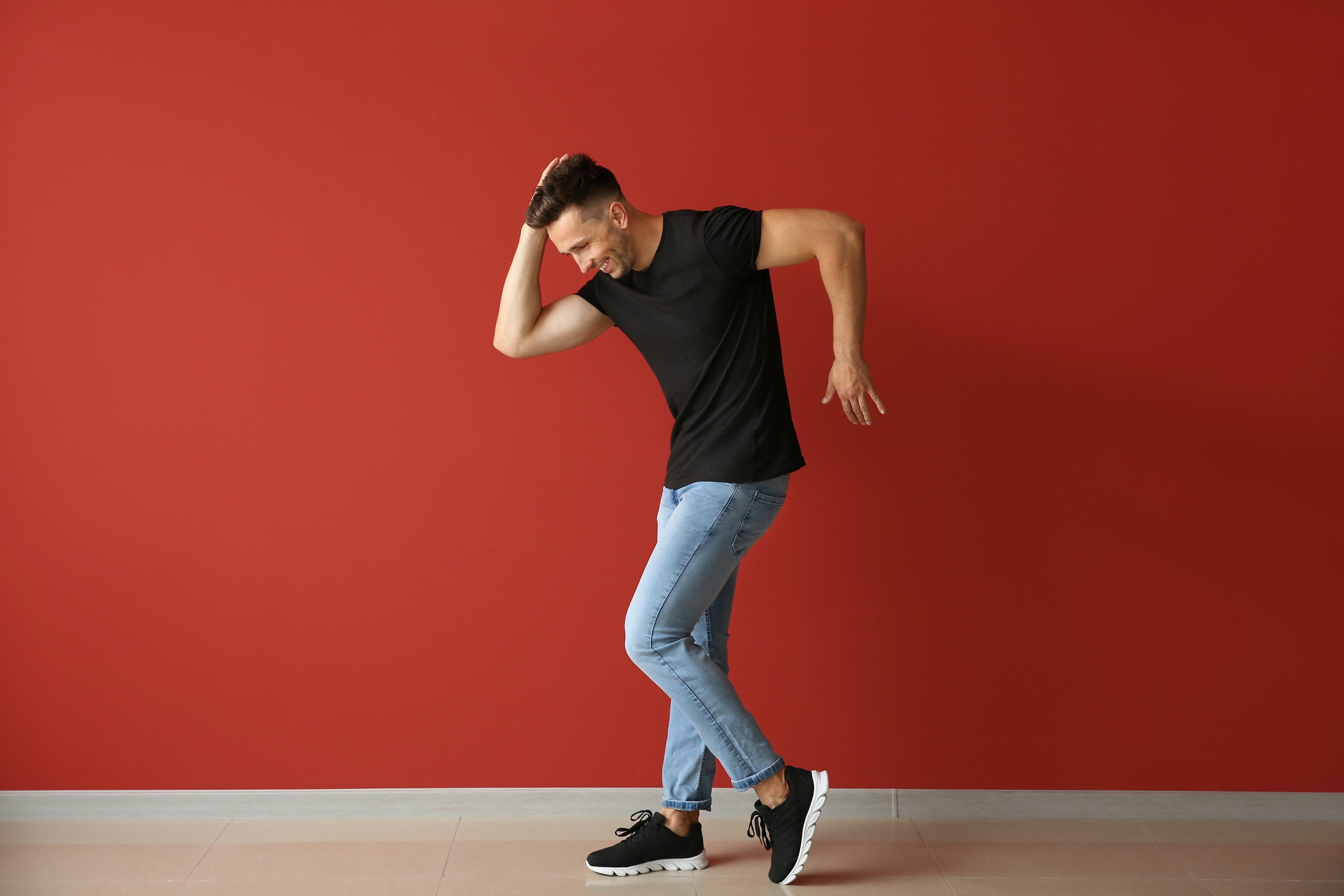
Walking doesn’t require any special equipment or gym memberships, and best of all, it’s completely free. For most of us, walking is something we do automatically. It doesn’t require conscious effort, so many of us fail to remember the benefits of walking for health. But what happens if we stop walking on autopilot and start challenging our brains and bodies by walking backward? Not only does this change of direction demand more of our attention, but it may also bring additional health benefits.
Physical activity doesn’t need to be complicated. Whether you’re regularly active or not, even a brisk 10-minute daily walk can deliver a host of health benefits and can count towards the World Health Organization’s recommended minimum of 150 minutes of aerobic activity a week.
Yet walking is more complicated than many of us realize. Remaining upright requires coordination between our visual, vestibular (sensations linked to movements such as twisting, spinning, or moving fast), and proprioceptive (awareness of where our bodies are in space) systems. When we walk backward, it takes longer for our brains to process the extra demands of coordinating these systems. However, this increased level of challenge brings with it increased health benefits.
One of the most well-studied benefits of walking backward is improving stability and balance. Walking backward can improve forward gait (how a person walks) and balance for healthy adults and those with knee osteoarthritis. Walking backward causes us to take shorter, more frequent steps, leading to improved muscular endurance for the muscles of the lower legs while reducing the burden on our joints.
Adding changes in incline or decline can also alter the range of motion for joints and muscles, offering pain relief for conditions such as plantar fasciitis — one of the most common causes of heel pain.
The postural changes brought about by walking backward also use more of the muscles supporting our lumbar spine — suggesting backward walking could be a particularly beneficial exercise for people with chronic lower back pain.
Walking backward has even been used to identify and treat balance and walking speed in patients with neurological conditions or following chronic stroke.
But the benefits of changing direction aren’t just therapeutic. An interest in backward movement has led researchers to discover various other benefits.
While normal walking can help us maintain a healthy weight, walking backward can be even more effective. Energy expenditure when walking backward is almost 40 percent higher than walking at the same speed forwards (6.0 Mets versus 4.3 Mets — one metabolic equivalent (Met) is the amount of oxygen consumed while sitting at rest), with one study showing reductions in body fat for women who completed a six-week backward walk or run training program.
When we become confident with traveling backward, progressing to running can enhance the demands further. While often studied as a rehabilitation tool, backward running increases the strength of crucial muscles involved with straightening the knee, which not only carries over to injury prevention but also our ability to generate power and athletic performance.
Sustained backward running decreases the energy we expend when we run forwards. These improvements in running economy are even beneficial for experienced runners with an already economical running technique.
If walking backward seems too easy, but space limitations affect your ability to run backward, another way to increase the challenge further is to start dragging weights. Increasing the overall load increases the recruitment of the knee extensor muscles while placing heavy demands on your heart and lungs in a short space of time.
Loading a sled and dragging it backward carries a low risk of injury, as the most likely outcome if we’re too tired is that the sled won’t move. But with lighter weights, this kind of exercise can produce an appropriate level of resistance to stimulate significant improvements in lower limb power, with dragging weights as little as 10 percent of total body weight leading to improved sprint times among young athletes.

How to get started
Walking backward is simple, but that doesn’t mean it’s easy. So, how can you add walking backward into your exercise regimen?
When walking backward, we’re more likely to miss obstacles and hazards that we could crash into or fall over, so in the interest of safety, it’s best to start indoors where you won’t crash into someone or outside in a flat, open area.
Resist the urge to contort your body and look over your shoulder. Keep your head and chest upright while reaching back with your big toe for each step, rolling through the foot from toe to heel.
Once you become more confident walking backward, you can begin to speed things up and even transition to a treadmill, being sure to use the guide rails when necessary. If using weights, start light. Focus on multiple sets rather than prolonged distances, and remember to maintain the integrity of your technique over no more than a 20-meter distance, to begin with.
This article was originally published on The Conversation by Jack McNamara at the University of East London. Read the original article here.







